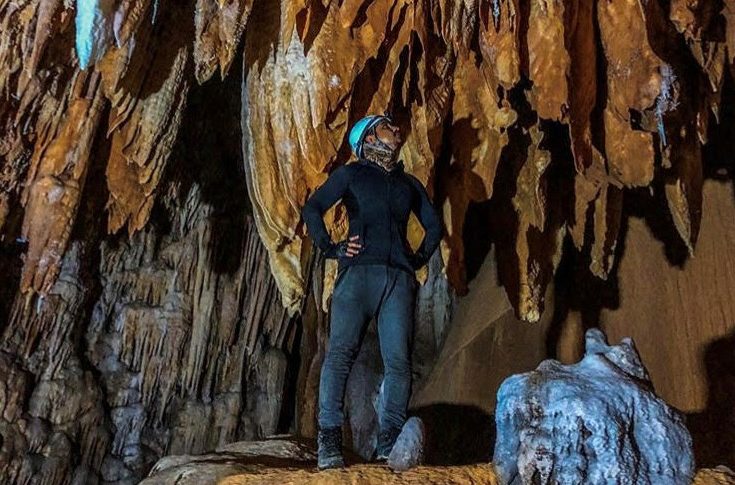Merge 104.8 | 19 July 2020
Oman’s Ministry of Tourism (MoT) has responded to a recent story on Merge 104.8’s sister station Al Wisal regarding nature tourism in the Sultanate and a lack of promotion of one of its most hidden treasures — Tahri Cave, near Qurayyat in Muscat Governorate.

Known for its crystal chamber containing millennia-old crystal formations and stalactites, Tahri Cave has long been a draw for adventure-minded tourists, but as per the MoT there’s a reason the Ministry has decided not to actively promote tourism at the site — namely, to protect it.
In a statement issued online today [Sunday, July 19], the MoT said that it has been following what is being said about not investing more in promoting such locations and have clarified that it has been a decision taken deliberately in order to protect the natural environment of the Tahri Cave from vandalism and damage after it was previously witnessed that domestic and foreign visitors were breaking off the natural crystals and keeping them as souvenirs.
As per the Ministry, since the crystals in the cave are growing naturally, their conservation is vital in preserving the cave in a museum-like environment. Until authorities find a suitable system to display Tahri Cave’s natural beauty while protecting its natural resources, and, creating an enhanced experience for tourists, the cave will not be promoted.
In its statement, the MoT also reiterated that accessing and climbing to such locations as Tahri Cave requires professional training and skill to ensure the safety of visitors and to avoid potential falls and injuries. The Ministry stressed that such training and caution is essential, as providing emergency services to the location in case of an accident is difficult.
The Ministry has also expressed its disappointment in the number of climbers and tourists who are aware of the sensitivity of Tahri Cave and its location — especially its crystal chamber — yet still share and promote their experience on social media. The MoT states that such actions could be interpreted as a direct invitation for others to visit the location — risking a million years of natural heritage.